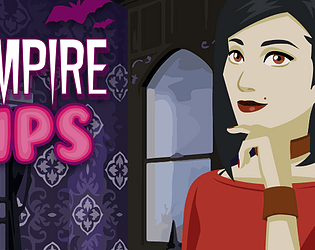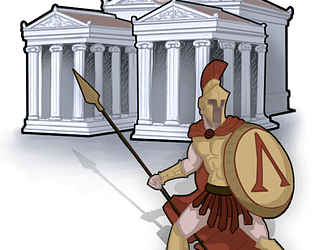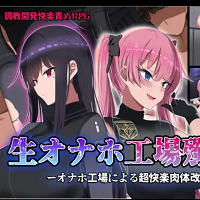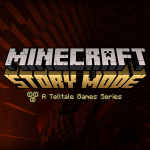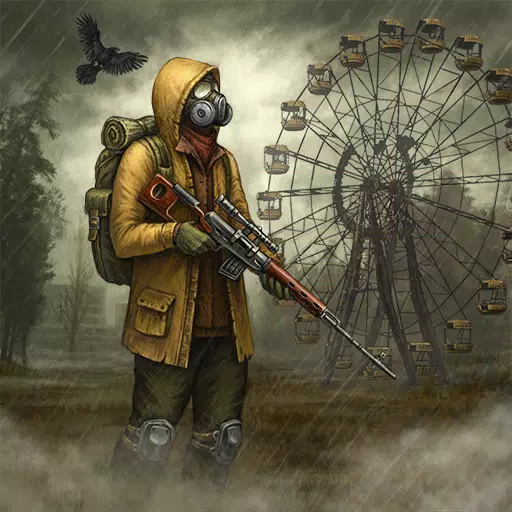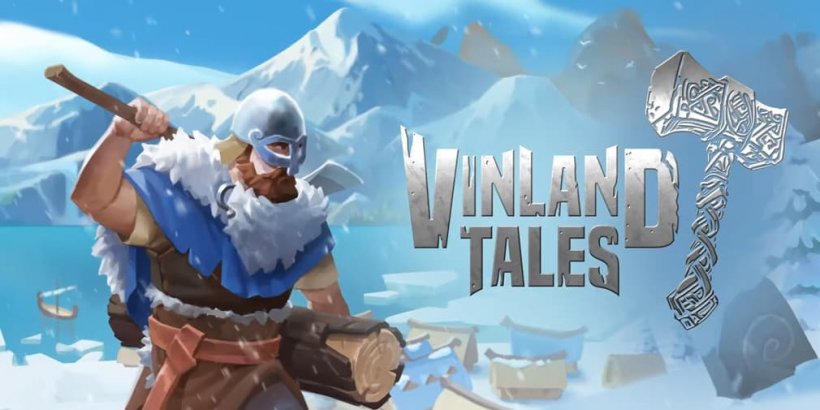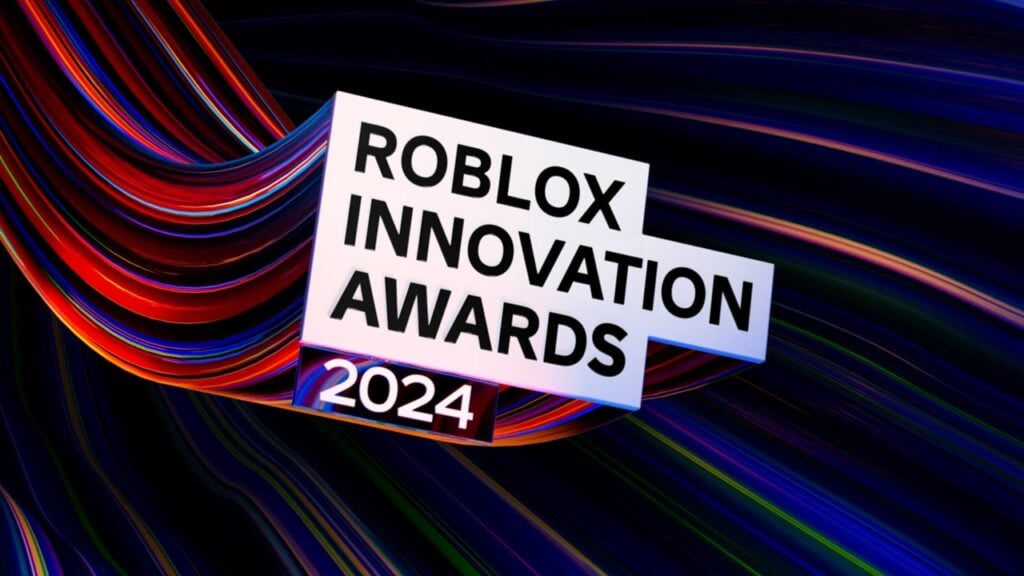Amazon Prime's animated adaptation of Robert Kirkman's Invincible has revitalized interest in the comic book series. Its blend of intense action, multifaceted characters, and morally gray storytelling quickly garnered a devoted fanbase. However, translating such a vast and intricate narrative to television necessitated changes, some subtle, others more pronounced.
This analysis examines the key disparities between the animated series and the comics, dissects the reasons behind Season 3's perceived shortcomings, and explores how these adaptations affect the overarching narrative.
Table of Contents ---
From Page to Screen: Key Differences Mark Grayson's Evolution: Accelerated vs. Gradual Development Supporting Characters: Screen Time Shifts Antagonists: Streamlined Motivations for Pacing Action Sequences: Enhanced Visuals and Choreography Thematic Focus: Morality and Legacy Take Center Stage Season 3 Critique: A Diminished Spark? Repetitive Narratives: Familiar Ground Retreaded Cecil's Subplot: An Underutilized Opportunity Action Sequences: A Loss of Impact Slow Start: Delayed Momentum Adaptation and Innovation: Finding the Balance Reasons to Continue Watching (Spoiler Alert!) The Challenge of Adaptation
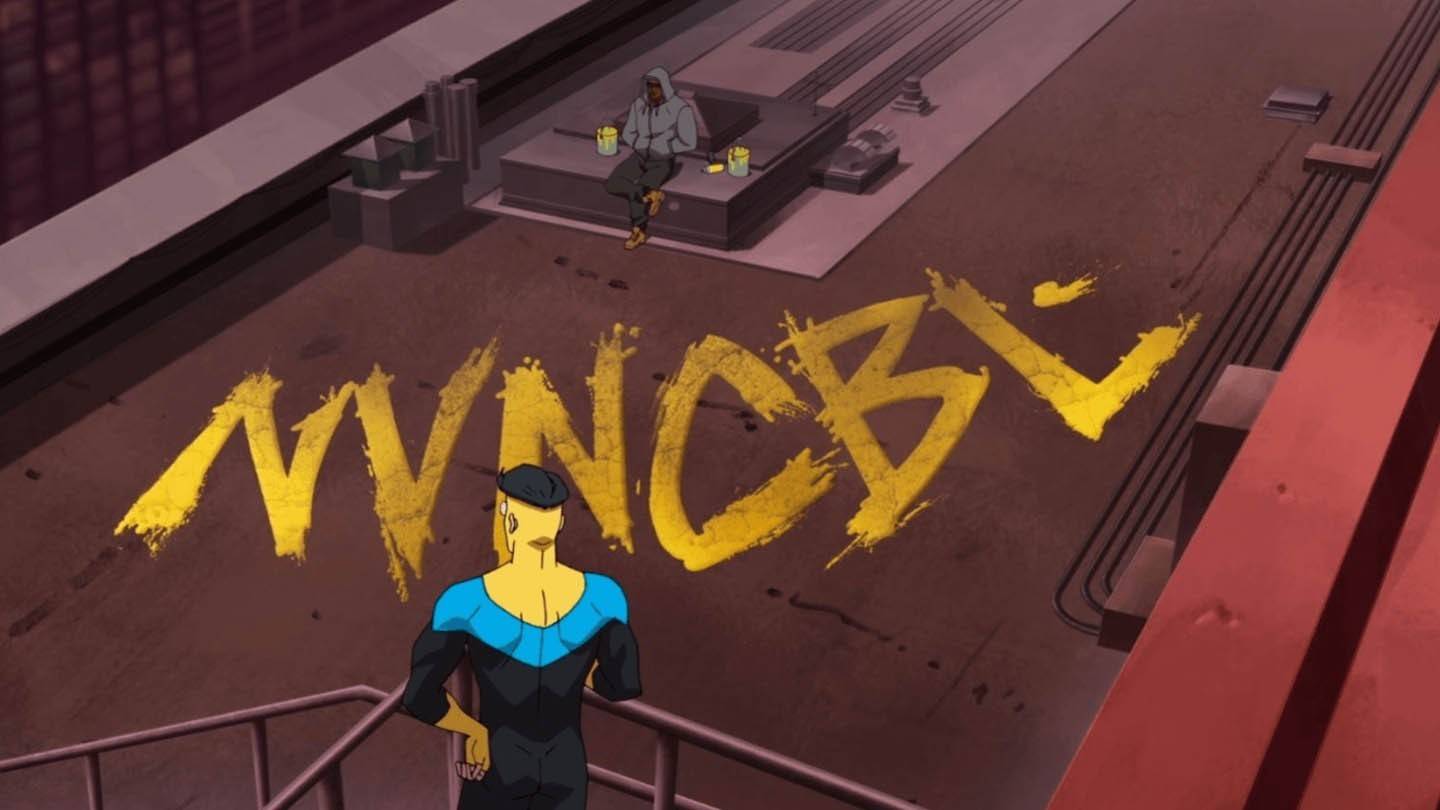 Image: amazon.com
Image: amazon.com
Mark Grayson's Evolution: Accelerated vs. Gradual Development
A significant difference lies in Mark Grayson's portrayal. The comics depict a gradual superhero transformation, showcasing his growth from power discovery to grappling with the ethical dilemmas of heroism. This measured approach allows for a deeper exploration of his character arc and its inherent challenges.
The animated series, conversely, accelerates Mark's journey, creating a more immediate and intense narrative. This enhances the plot's urgency but potentially sacrifices the nuanced depth present in the comics. While maintaining viewer engagement, this alteration might leave longtime fans feeling that aspects of Mark's development were rushed.
Supporting Characters: Screen Time Shifts
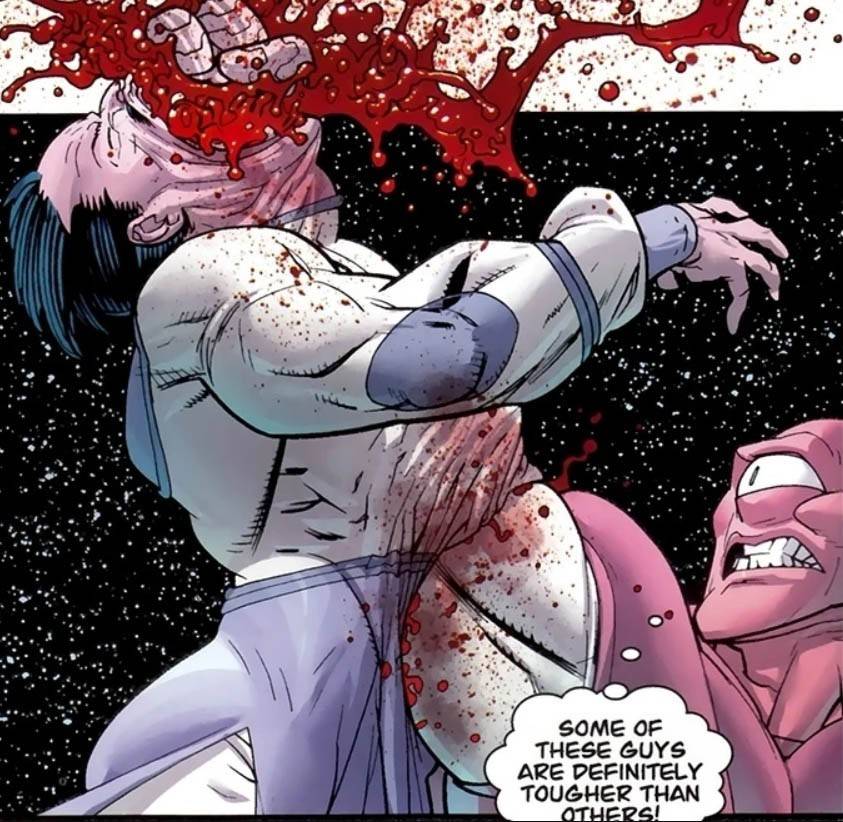 Image: amazon.com
Image: amazon.com
The supporting cast experiences notable shifts. Some characters gain prominence, while others are relegated to secondary roles. Allen the Alien, for example, becomes a more central figure, providing humor and context to the wider universe. This expanded role adds levity to the show's generally dark tone.
Conversely, characters like Battle Beast receive less screen time, potentially disappointing fans of the comics. These adjustments reflect creative choices aimed at streamlining the narrative and broadening its appeal.
Antagonists: Streamlined Motivations for Pacing
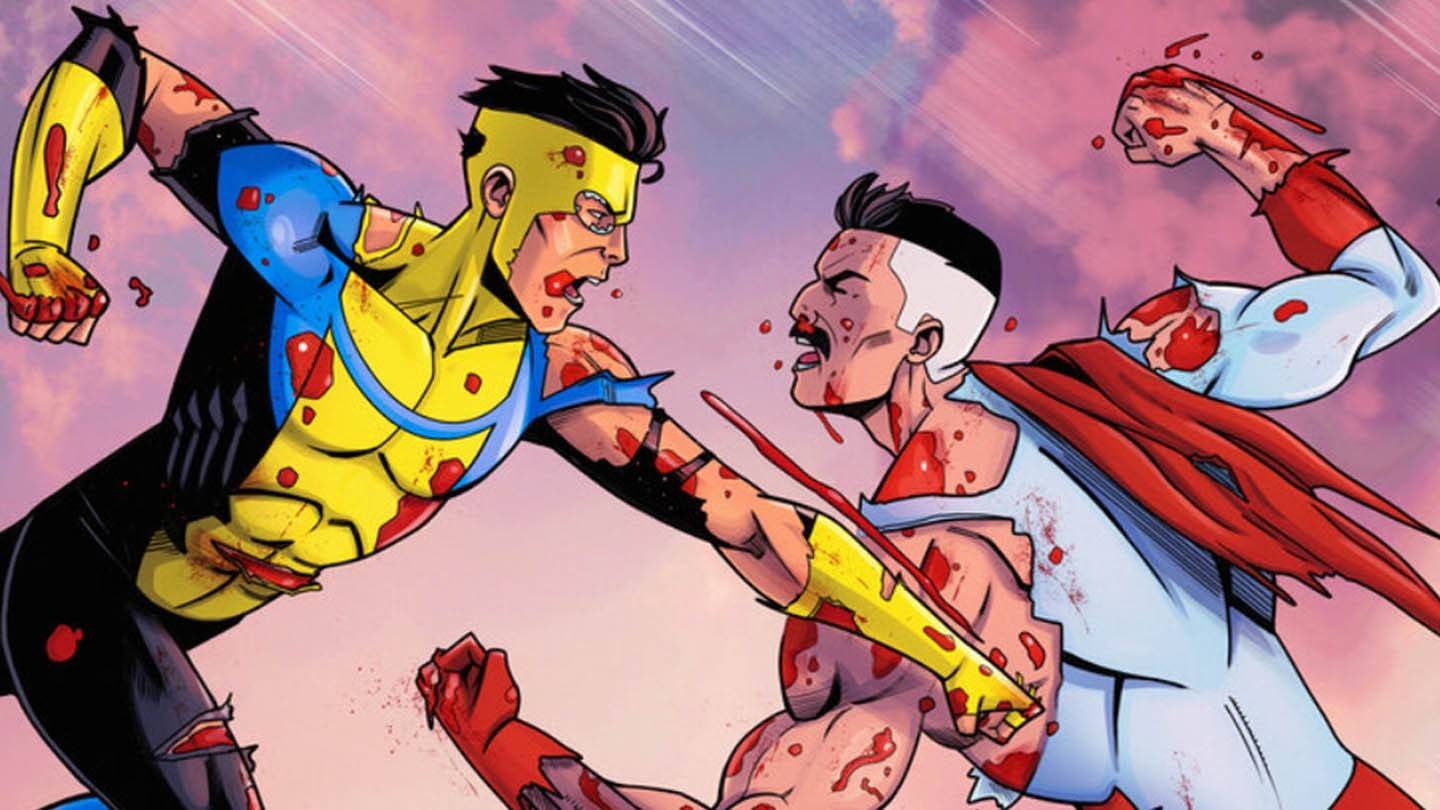 Image: amazon.com
Image: amazon.com
Villains such as Conquest and the Shadow Council receive more complex treatment in the comics, with detailed explorations of their motivations and backstories. The animated series simplifies these aspects for pacing, focusing on high-stakes confrontations. This enhances accessibility but risks oversimplifying the antagonists' complexity.
Omni-Man's betrayal, for instance, feels more immediate in the series than in the comics, where his descent is foreshadowed gradually. This alteration affects the emotional impact of key scenes and viewers' perception of the villains.
Action Sequences: Enhanced Visuals and Choreography
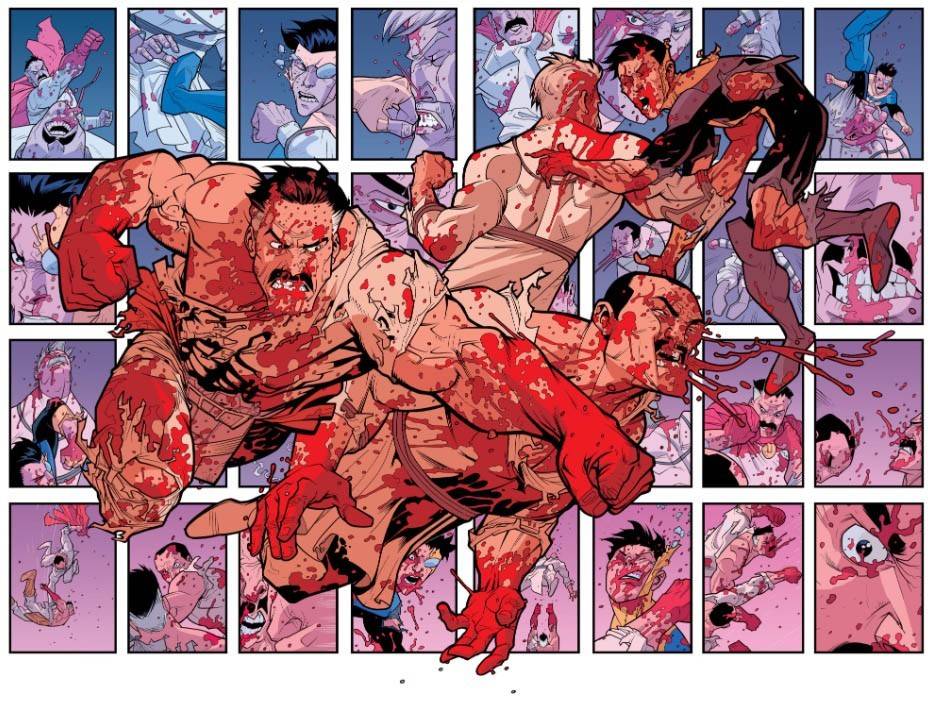 Image: amazon.com
Image: amazon.com
The animated series excels in its action sequences, utilizing animation's capabilities for dynamic choreography and special effects. Battles are visually amplified, creating a scale and intensity rivaling live-action films. Confrontations with the Viltrumites or Conquest are rendered with stunning detail.
However, these enhancements sometimes deviate from the comics. Fans familiar with the source material might notice discrepancies, though these changes generally enhance the spectacle.
Thematic Focus: Morality and Legacy Take Center Stage
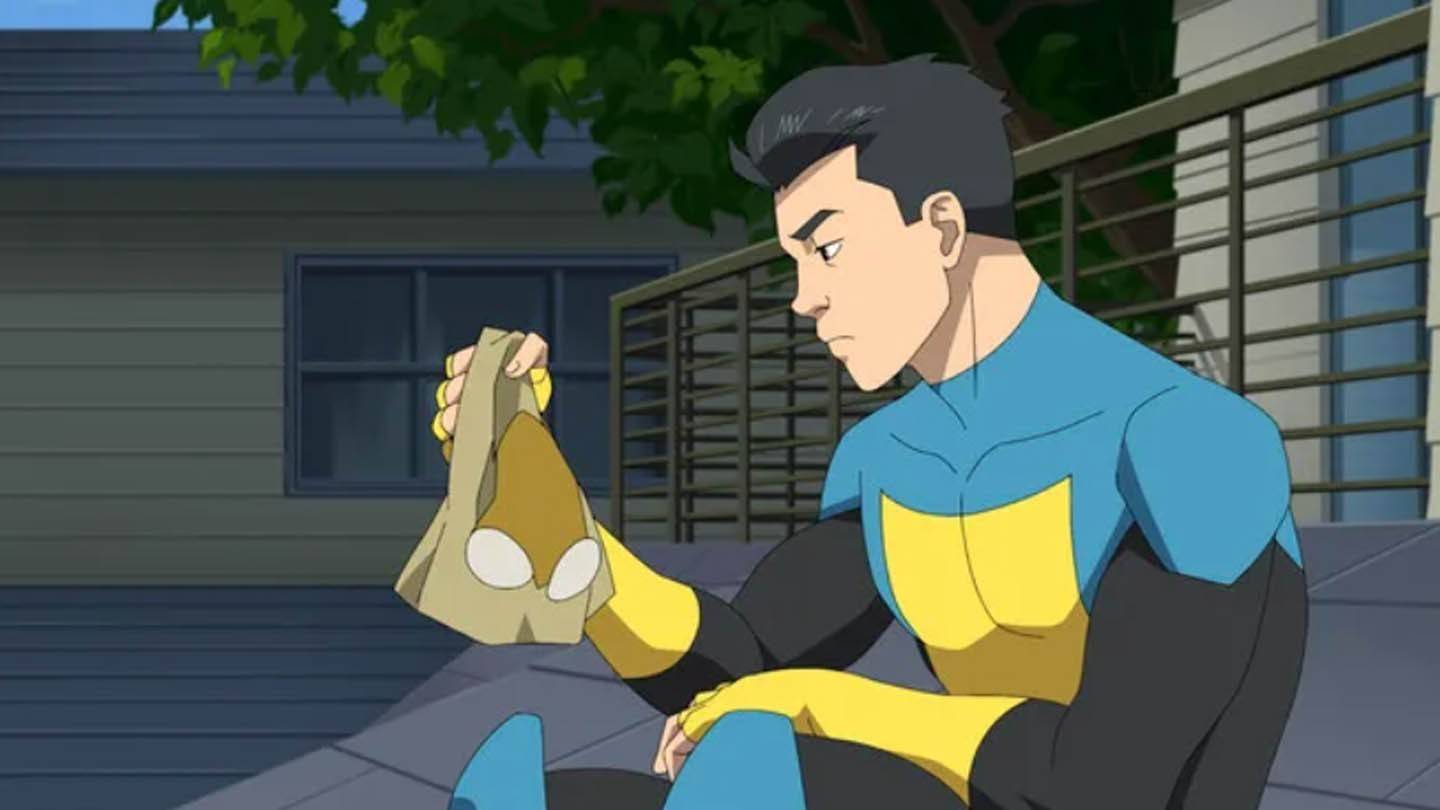 Image: amazon.com
Image: amazon.com
Thematic exploration also differs. The series emphasizes morality, power, and legacy, reflecting the episodic format's demands. Mark's struggle to reconcile his father's actions with his own sense of justice receives more screen time.
Other themes, such as the philosophical implications of superhuman existence, are somewhat downplayed. This ensures the narrative remains focused and easily digestible while still addressing significant issues.
Season 3 Critique: A Diminished Spark?
Despite the praise for the first two seasons, Invincible's third installment has left some fans feeling disappointed.
Repetitive Narratives: Familiar Ground Retreaded
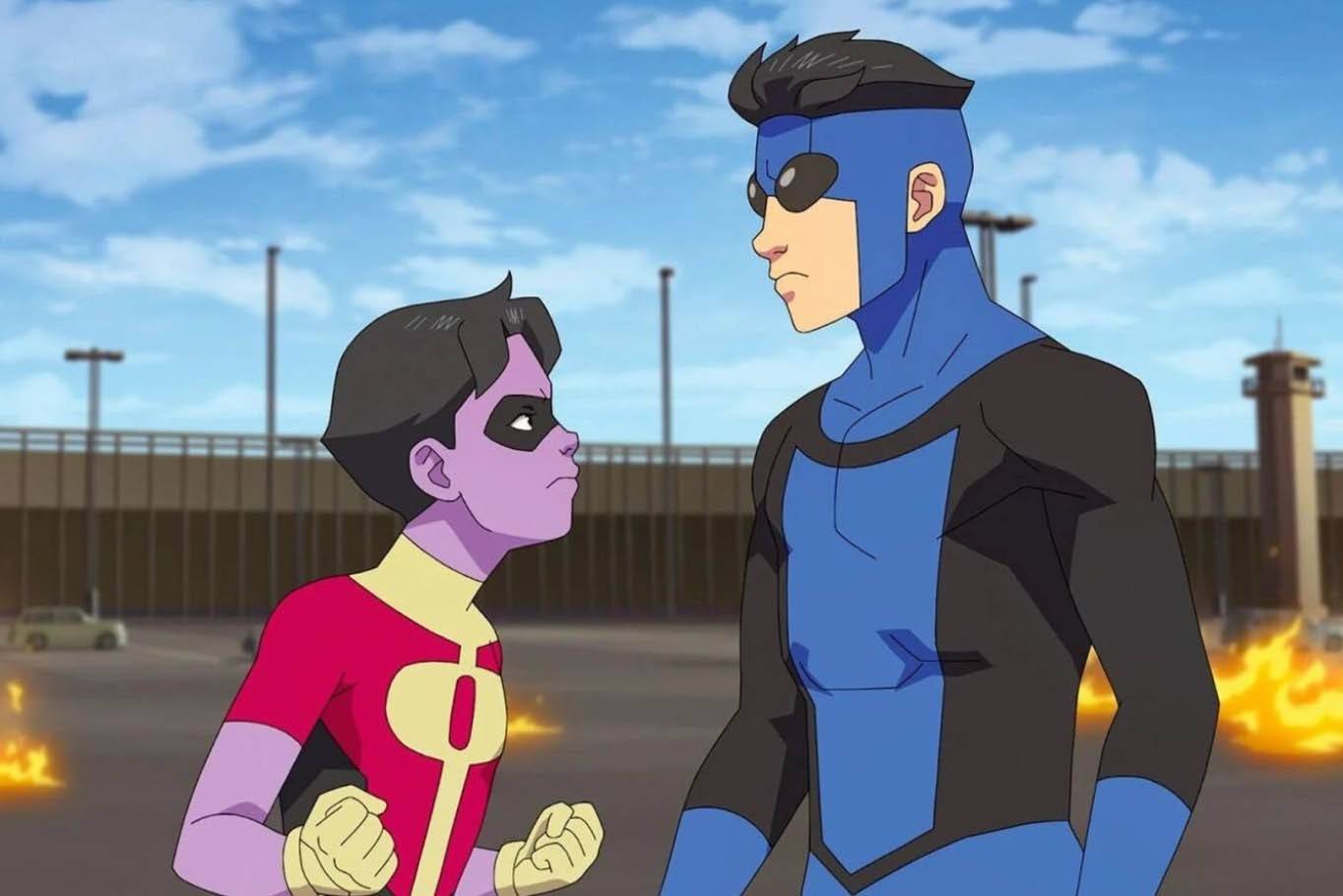 Image: amazon.com
Image: amazon.com
A common criticism of Season 3 is its reliance on familiar plotlines. Previous seasons surprised viewers with unexpected twists and turns. Season 3, however, revisits these themes without offering much novelty. Mark's internal conflict regarding his father's legacy, for example, feels repetitive.
Cecil's Subplot: An Underutilized Opportunity
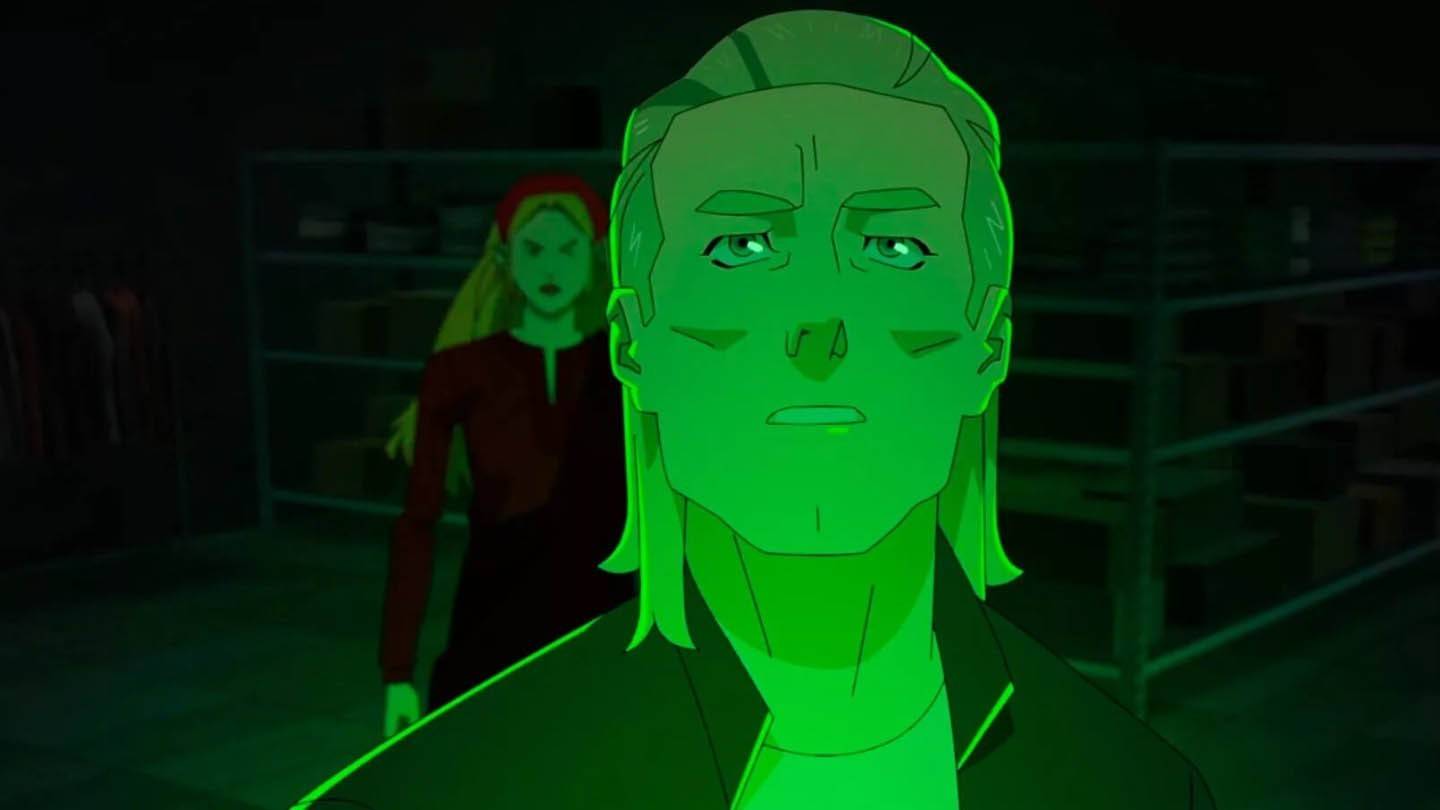 Image: amazon.com
Image: amazon.com
Cecil's subplot, involving the reprogramming of criminals, is an interesting addition but falls short due to its overly idealistic portrayal. In a morally ambiguous world, Cecil's solution feels naive, making Mark's extreme reaction seem incongruous. This disconnect undermines the emotional impact and leaves the subplot unresolved.
Action Sequences: A Loss of Impact
Even the action sequences, previously a highlight, lack the same excitement. While violence remains graphic, these moments lack the emotional resonance of earlier seasons. Previously thrilling scenes now feel repetitive, lacking the stakes that made them compelling.
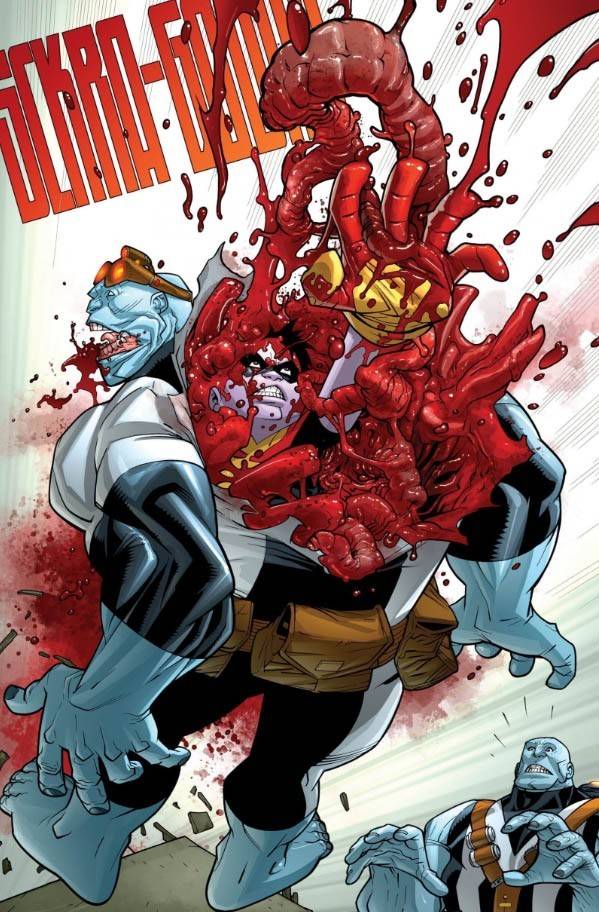 Image: amazon.com
Image: amazon.com
Slow Start: Delayed Momentum
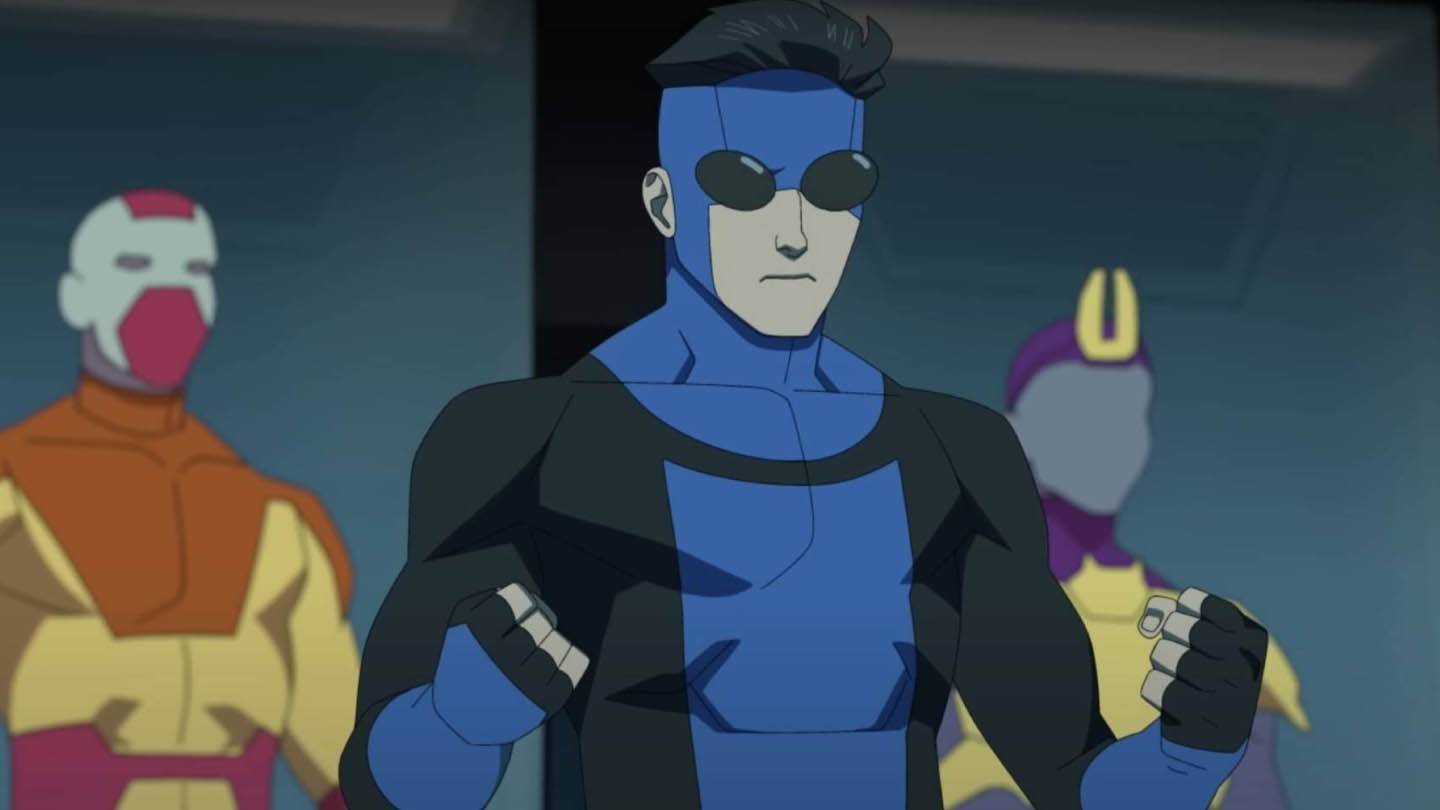 Image: amazon.com
Image: amazon.com
Season 3 suffers from a slow start. The initial episodes introduce generic villains and uninspired threats, failing to create urgency. While the pace picks up later, this slow burn is frustrating, especially given the show's typically strong opening acts.
Adaptation and Innovation: Finding the Balance
Invincible successfully captures the essence of the comics while making necessary adjustments for television. By compressing timelines, altering character dynamics, and enhancing action, it creates a unique viewing experience.
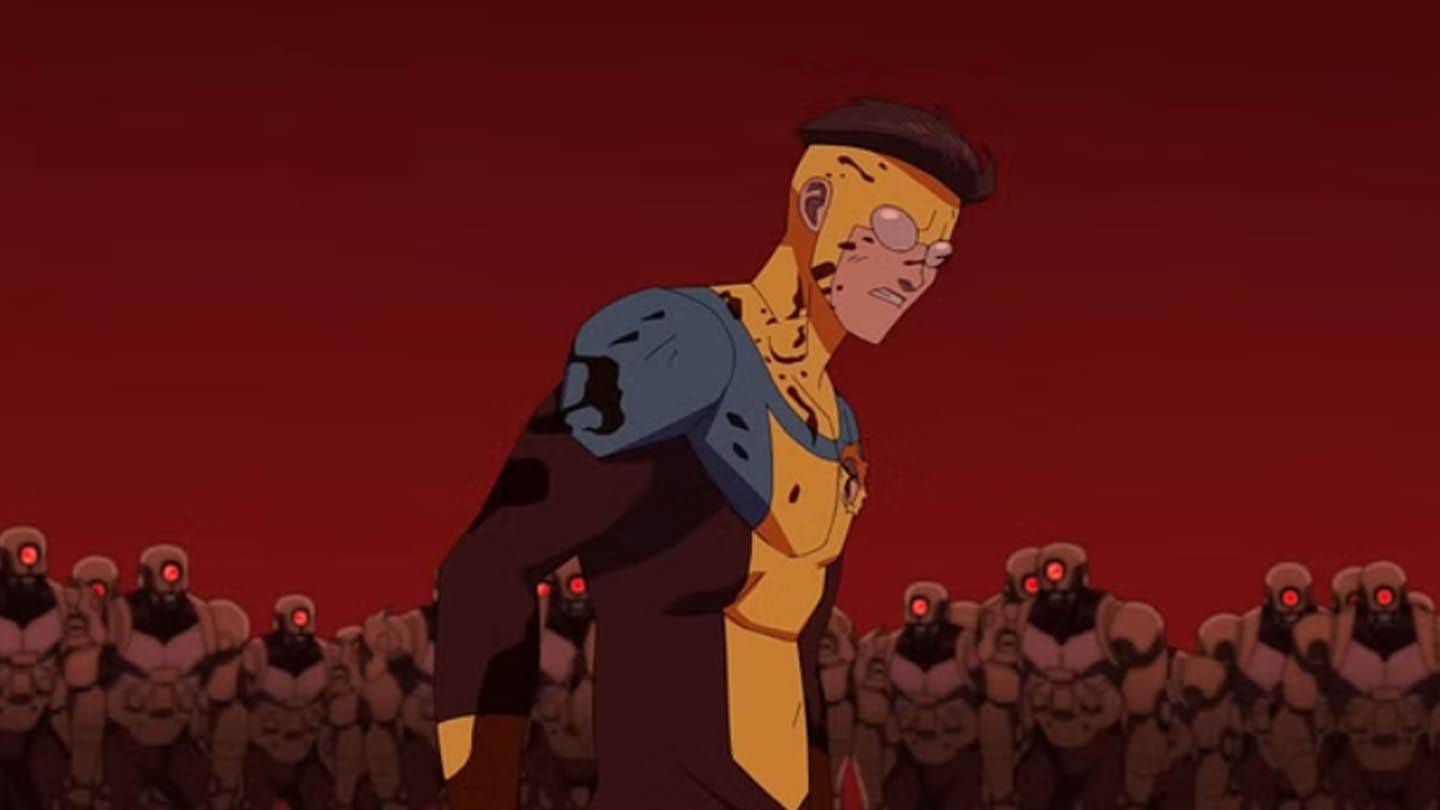 Image: amazon.com
Image: amazon.com
However, Season 3 highlights the challenges of maintaining this balance. Over-reliance on familiar tropes or prioritizing spectacle over depth risks diminishing the original material's strengths. Future seasons need to innovate and surprise to maintain audience engagement.
Reasons to Continue Watching (Spoiler Alert!)
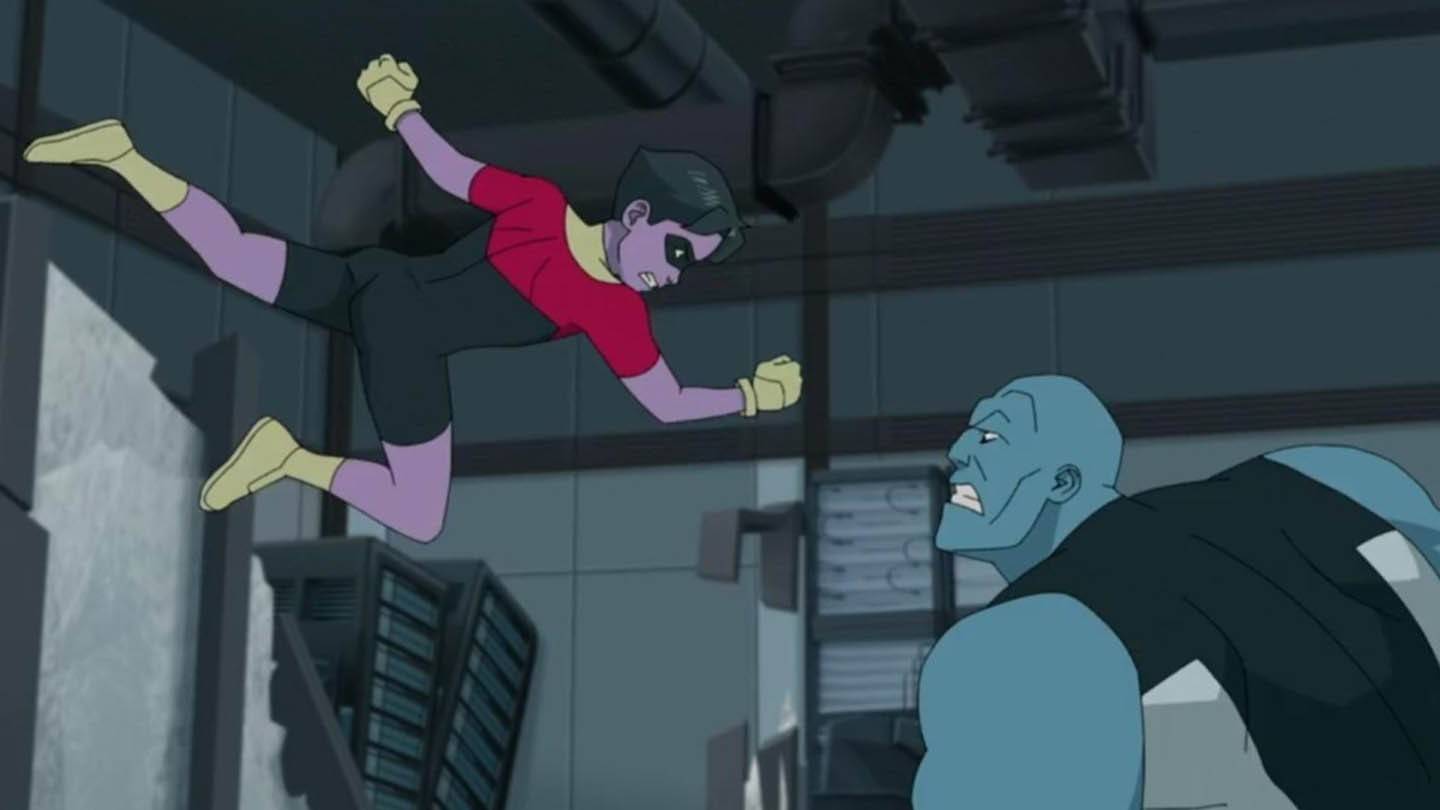 Image: amazon.com
Image: amazon.com
Despite its flaws, Invincible remains engaging and visually impressive. Its violent action, compelling characters, and thought-provoking themes continue to draw viewers. For invested fans, there's reason to continue watching.
However, don't expect the same level of excitement as the first two seasons. The series' spark seems to have dimmed, resulting in a solid but ultimately less spectacular continuation. The hope remains that future episodes will recapture that initial magic. The question remains whether the series can fully match the depth and impact of the source material, given its completion and the series' largely faithful adaptation.
 Home
Home  Navigation
Navigation






 Latest Articles
Latest Articles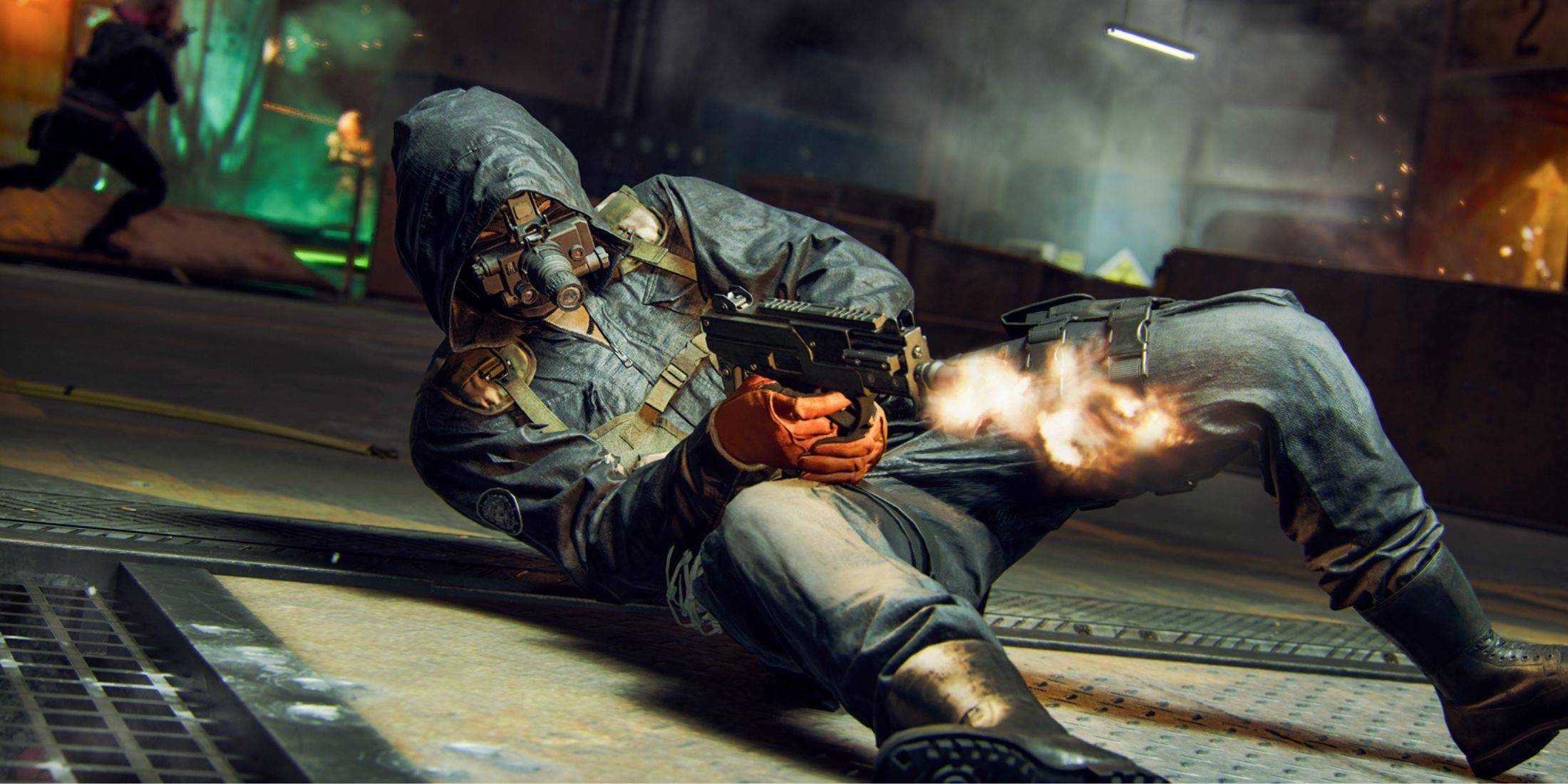

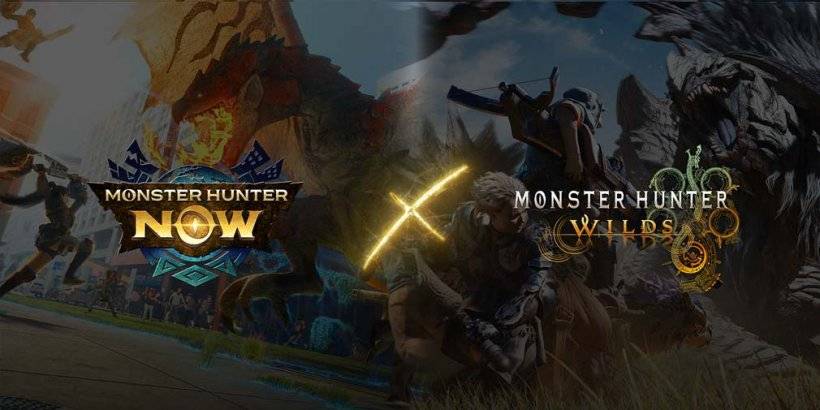






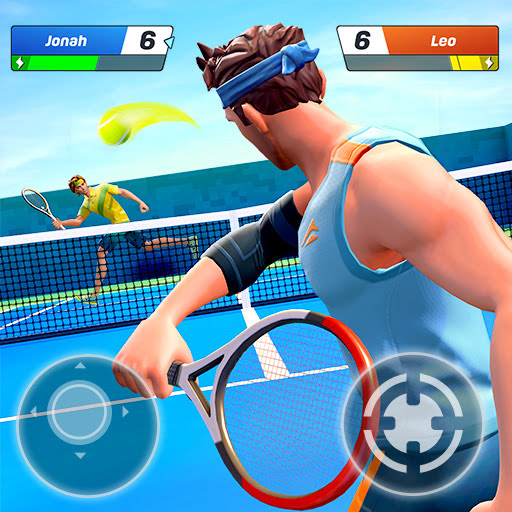

 Latest Games
Latest Games